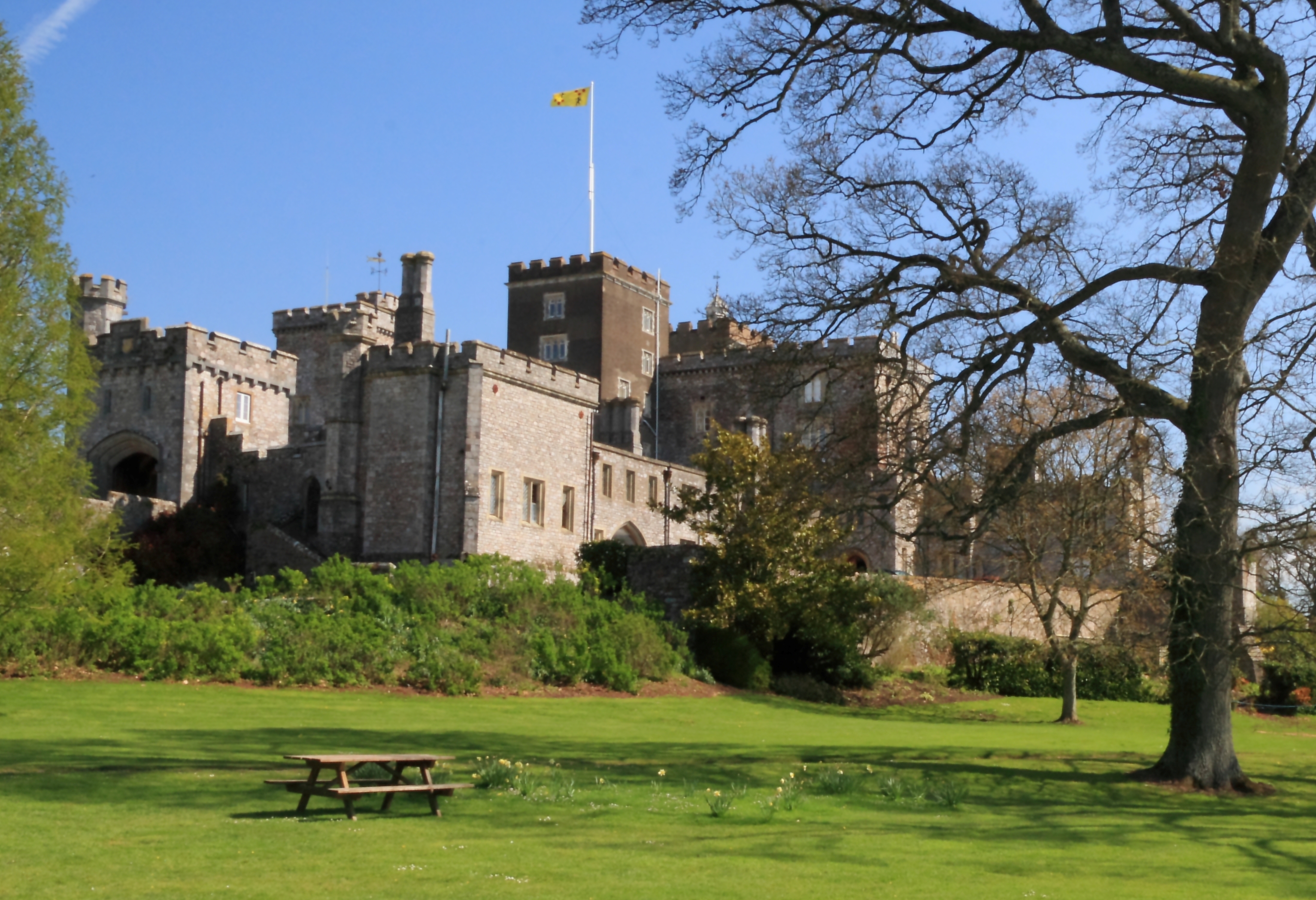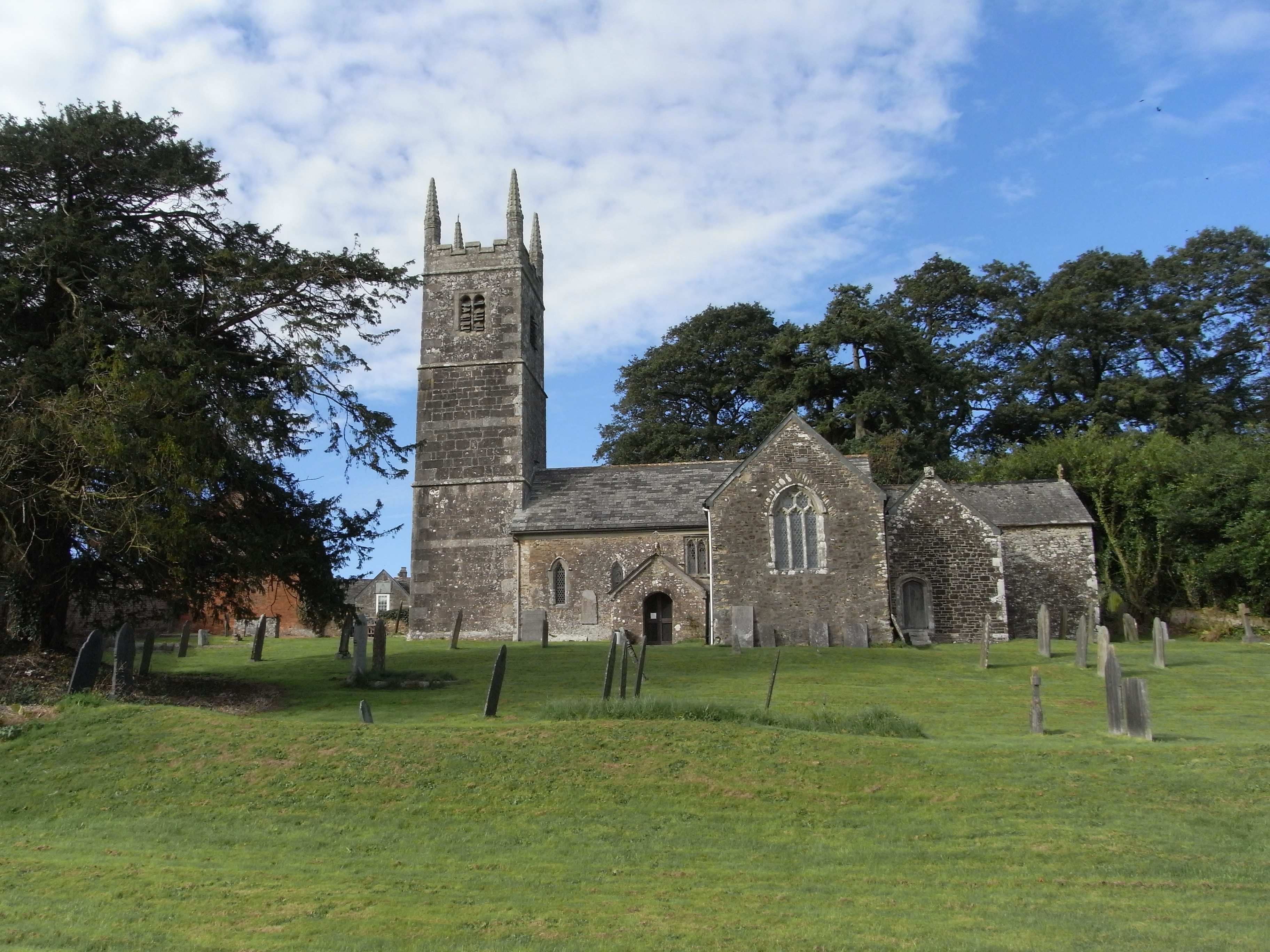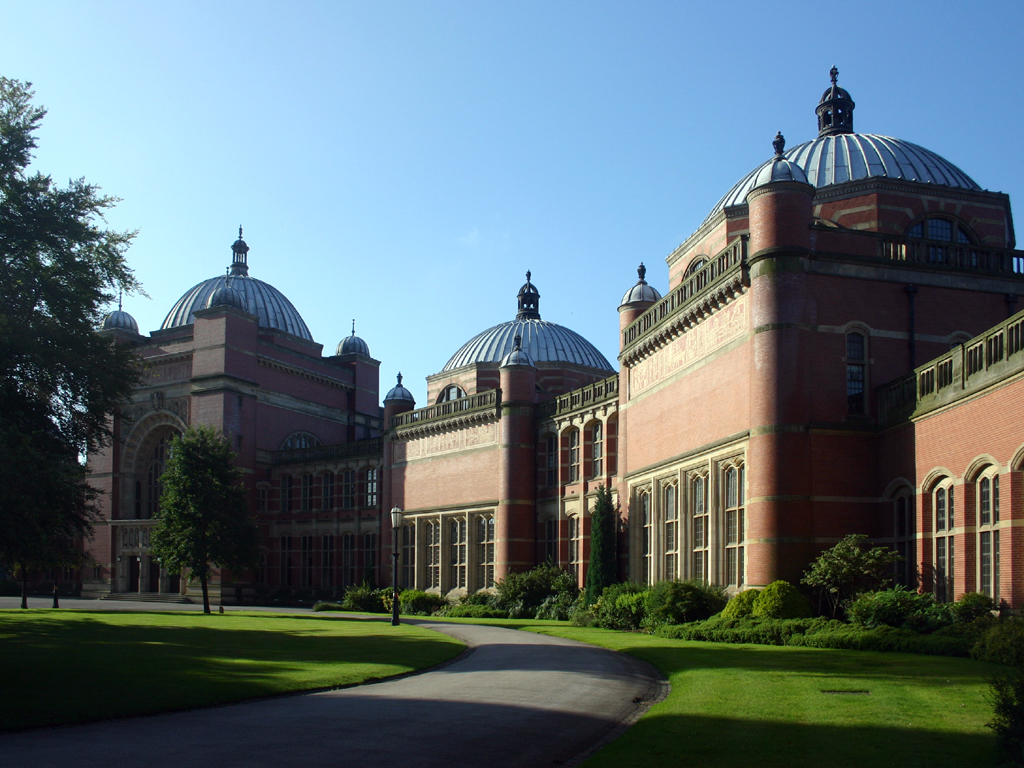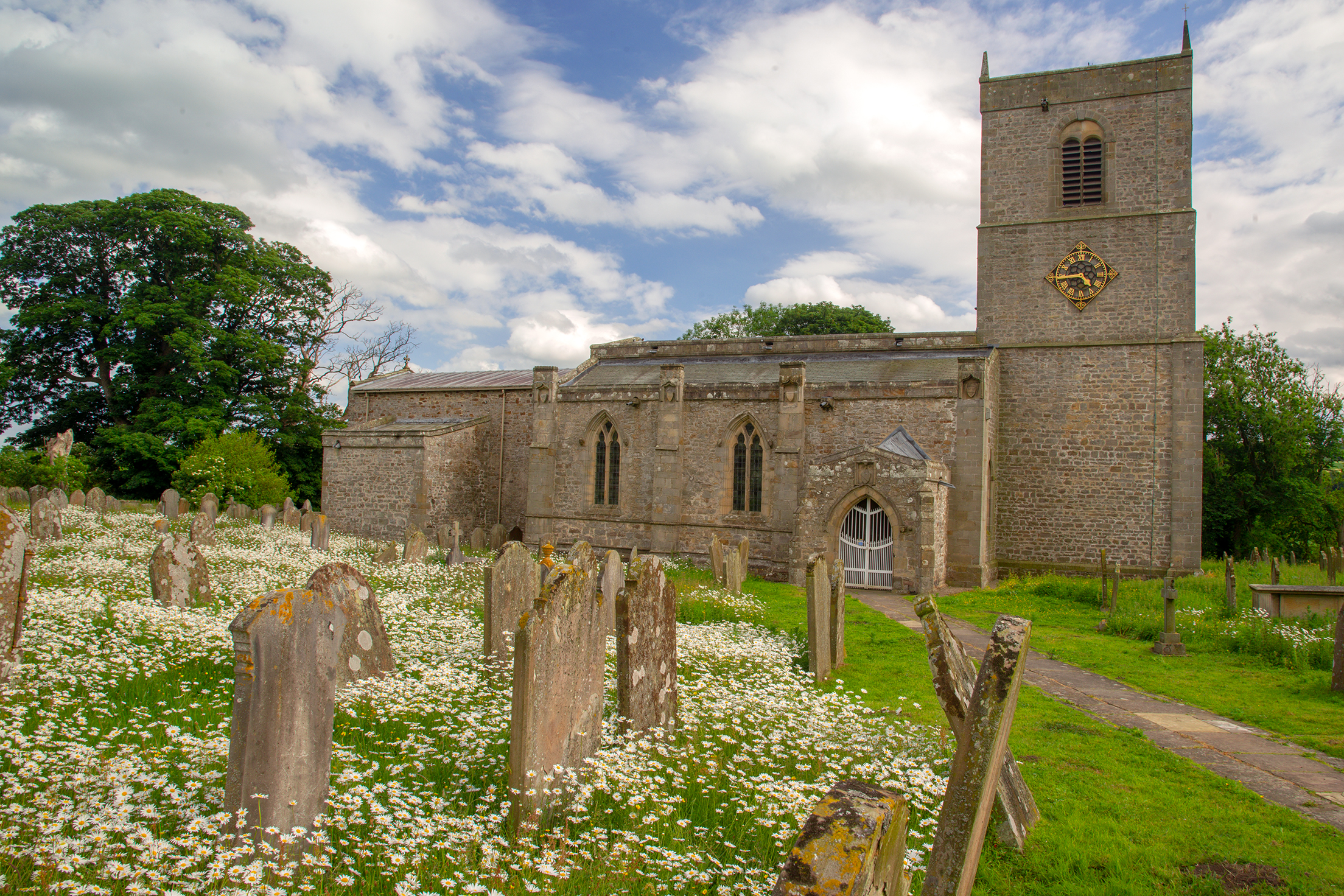|
Luffincott
Luffincott is a civil parish in the far west of Devon, England. It forms part of the local government district of Torridge and lies about six miles south of the town of Holsworthy. The parish is surrounded clockwise from the north by the parishes of Tetcott, Ashwater, St Giles on the Heath and Northcott. Its western border follows the River Tamar which forms the county boundary with Cornwall. The A388 road between Holsworthy and Launceston runs just inside the eastern border of the parish. In 2001 its population was 45, down from 62 in 1901 and for ecclesiastical purposes, it is united with Tetcott. The name ''Luffincott'' has a variety of early forms, first appearing in documents as ''Leghygnecoth′'' in 1242 with variants such as ''Loghingecote'' (1285), ''Lughyngcote'' (1330), ''Loghynton que vocatur Loghyngecote'' (1346) and ''Luffencote'' (1577). Its derivation is ''cot'' (cottage or small settlement) of ''Luhha''′s people. The manor is believed to have been the o ... [...More Info...] [...Related Items...] OR: [Wikipedia] [Google] [Baidu] |
St James's Church, Luffincott
St James's Church in Luffincott, Devon, England was built in the 15th century. It is recorded in the National Heritage List for England as a designated Grade I listed building, and is now a redundant church in the care of the Churches Conservation Trust. It was declared redundant on 1 May 1975, and was vested in the Trust on 19 December 1979. Some parts of the church are the original mediaeval structure however the tower was rebuilt in 1791 as part of a wider renovation. The interior includes Georgian sash windows and a simple 14th century granite font. See also * List of churches preserved by the Churches Conservation Trust in South West England The Churches Conservation Trust, which was initially known as the Redundant Churches Fund, is a charity whose purpose is to protect certain historic churches at risk, namely those that have been made redundant by the Church of England. The Tru ... References 15th-century church buildings in England Church of ... [...More Info...] [...Related Items...] OR: [Wikipedia] [Google] [Baidu] |
Webbery, Alverdiscott
Webbery (anciently Wibbery) is an historic manor in the parish of AlverdiscottRisdon, p.280 in North Devon, England. History Nicholas the Bowman The manor of ''WIBERIE'' is listed in the Domesday Book of 1086 as the first of the twelve Devonshire holdings that belonged to "Nicholas the Bowman" (''Nicolaus Balistarius'' or ''Archibalistarius''), a servant of King William the Conqueror and one of the Devon Domesday Book tenants-in-chief. His tenant was Roger Goad. He was also a tenant-in-chief in Warwickshire.Thorn, Part 2, Chapter 48 Nicholas was the king's artilleryman, whose role was "the captain or officer in charge of the stone and missile discharging engines used in sieges". He was also known as Nicholas ''de la Pole''. At some time between 1095 and 1100 he exchanged his manor of Ailstone in Warwickshire for the manor of Plymtree in Devon, held by St Peter's Abbey, Gloucester. Feudal barony of Plympton Most of his landholdings later descended to the feudal barony of Plymp ... [...More Info...] [...Related Items...] OR: [Wikipedia] [Google] [Baidu] |
Devon Heraldry
The landed gentry and nobility of Devonshire, like the rest of the English and European gentry, bore heraldic arms from the start of the age of heraldry ''circa'' 1200–1215. The fashion for the display of heraldry ceased about the end of the Victorian era (1901) by which time most of the ancient arms-bearing families of Devonshire had died out, moved away or parted with their landed estates. In the 21st century, a very few ancient families remain in the county represented by direct male descendants, including Courtenay of Powderham, Fulford of Fulford, Kelly of Kelly, Cruwys of Cruwys Morchard, Clifford of Chudleigh, Acland of Killerton and Broadclyst, Wrey of Tawstock. A few ancient Devon estates are still owned by descendants via female lines, for example Castle Hill, Filleigh, Molland, Incledon, Braunton, Hall, Bishop's Tawton, Newnham Park. In most cases, the laws of English heraldry preclude the transmission of paternal arms via a female heiress (other than in t ... [...More Info...] [...Related Items...] OR: [Wikipedia] [Google] [Baidu] |
Tetcott
Tetcott is a civil parish, small settlement and former manor (once the home of the Arscotts of Tetcott) in Devon, England. The parish lies about five miles south of the town of Holsworthy and is bordered on the north by the parish of Clawton, on the east by a small part of Ashwater, and on the south by Luffincott. It forms part of the local government district of Torridge, and its western boundary is the River Tamar which forms the Cornish border. In 2001 its population was 110, half that of a century earlier (220 in 1901). The settlement of Tetcott itself consists almost solely of the manor house and parish church of Holy Cross, but there are other hamlets in the parish, the largest of which is Lana about half a mile to the south-east. Parish church The parish church was dedicated by the Bishop of Waterford in 1338 or 1339. Before the Reformation it was dedicated to the Trinity. In 1740 the parish feast day was said to have been 3 May (the date of the Invention of the Tru ... [...More Info...] [...Related Items...] OR: [Wikipedia] [Google] [Baidu] |
St Giles On The Heath
St Giles on the Heath, sometimes hyphenated as St Giles-on-the-Heath, is a village and civil parish in the far west of Devon, England. It forms part of the local government district of Torridge. The village is in the east of the parish and lies on the A388 road about eight miles south of the town of Holsworthy. The parish includes the hamlets of Hele, West Panson, East Panson, Sitcott, Box's Shop, Peter's Finger, West Druxton, Poole and Netherbridge. The parish is surrounded clockwise from the north-west by the parishes of Northcott, Luffincott, Ashwater, Virginstow, Broadwoodwidger and Lifton. Its western border follows the River Tamar which forms the county boundary with Cornwall. In 2001 its population was 617, significantly higher than the 258 residents it had in 1901. The village is part of Broadheath electoral ward. At the 2011 census the population was 1,650. Church history Before 1193 the church of St Giles was a chapelry of North Petherwin belonging to the abbey of ... [...More Info...] [...Related Items...] OR: [Wikipedia] [Google] [Baidu] |
Northcott, Devon
Northcott is a small settlement and civil parish in the far west of Devon, England. It lies about seven miles south of the town of Holsworthy and forms part of the local government district of Torridge. It is bordered on the north by the parish of Luffincott and on the east and south by the parish of St Giles on the Heath. Its western border follows the River Tamar which forms the county boundary with Cornwall Cornwall (; kw, Kernow ) is a historic county and ceremonial county in South West England. It is recognised as one of the Celtic nations, and is the homeland of the Cornish people. Cornwall is bordered to the north and west by the Atlantic .... In 2001 its population was 26, down from 60 in 1901. Whilst it is administered as a separate parish in Devon, for ecclesiastical purposes it is linked with the parish of Boyton across the River Tamar in Cornwall, and it has been transferred from one county to the other several times. Boyton Mill is a stone building nea ... [...More Info...] [...Related Items...] OR: [Wikipedia] [Google] [Baidu] |
Valley Near West Peeke - Geograph
A valley is an elongated low area often running between Hill, hills or Mountain, mountains, which will typically contain a river or stream running from one end to the other. Most valleys are formed by erosion of the land surface by rivers or streams over a very long period. Some valleys are formed through erosion by glacier, glacial ice. These glaciers may remain present in valleys in high mountains or polar areas. At lower latitudes and altitudes, these glaciation, glacially formed valleys may have been created or enlarged during ice ages but now are ice-free and occupied by streams or rivers. In desert areas, valleys may be entirely dry or carry a watercourse only rarely. In karst, areas of limestone bedrock, dry valleys may also result from drainage now taking place cave, underground rather than at the surface. Rift valleys arise principally from tectonics, earth movements, rather than erosion. Many different types of valleys are described by geographers, using terms th ... [...More Info...] [...Related Items...] OR: [Wikipedia] [Google] [Baidu] |
John Lambrick Vivian
Lieutenant-Colonel John Lambrick Vivian (1830–1896), Inspector of Militia and Her Majesty's Superintendent of Police and Police Magistrate for St Kitts, West Indies, was an English genealogist and historian. He edited editions of the Heraldic Visitations of Devon and of Cornwall,Vivian, p. 763, pedigree of Vivian of Rosehill standard reference works for historians of these two counties. Both contain an extensive pedigree of the Vivian family of Devon and Cornwall, produced largely by his own researches. Origins He was the only son of John Vivian (1791–1872) of Rosehill, Camborne, Cornwall, by his wife Mary Lambrick (1794–1872), eldest daughter of John Lambrick (1762–1798) of Erisey, Ruan Major, and co-heiress of her infant brother John Lambrick (1798–1799). His maternal grandmother was Mary Hammill, eldest daughter of Peter Hammill (d. 1799) of Trelissick in Sithney, Cornwall, the ancestry of which family he traced back to the holders of the 13th century French title Comte ... [...More Info...] [...Related Items...] OR: [Wikipedia] [Google] [Baidu] |
Nikolaus Pevsner
Sir Nikolaus Bernhard Leon Pevsner (30 January 1902 – 18 August 1983) was a German-British art historian and architectural historian best known for his monumental 46-volume series of county-by-county guides, '' The Buildings of England'' (1951–74). Life Nikolaus Pevsner was born in Leipzig, Saxony, the son of Anna and her husband Hugo Pevsner, a Russian-Jewish fur merchant. He attended St. Thomas School, Leipzig, and went on to study at several universities, Munich, Berlin, and Frankfurt am Main, before being awarded a doctorate by Leipzig in 1924 for a thesis on the Baroque architecture of Leipzig. In 1923, he married Carola ("Lola") Kurlbaum, the daughter of distinguished Leipzig lawyer Alfred Kurlbaum. He worked as an assistant keeper at the Dresden Gallery between 1924 and 1928. He converted from Judaism to Lutheranism early in his life. During this period he became interested in establishing the supremacy of German modernist architecture after becoming aware of ... [...More Info...] [...Related Items...] OR: [Wikipedia] [Google] [Baidu] |
Pevsner Architectural Guides
The Pevsner Architectural Guides are a series of guide books to the architecture of Great Britain and Ireland. Begun in the 1940s by the art historian Sir Nikolaus Pevsner, the 46 volumes of the original Buildings of England series were published between 1951 and 1974. The series was then extended to Scotland, Wales and Ireland in the late 1970s. Most of the English volumes have had subsequent revised and expanded editions, chiefly by other authors. The final Scottish volume, ''Lanarkshire and Renfrewshire'', was published in autumn 2016. This completed the series' coverage of Great Britain, in the 65th anniversary year of its inception. The Irish series remains incomplete. Origin and research methods After moving to the United Kingdom from his native Germany as a refugee in the 1930s, Nikolaus Pevsner found that the study of architectural history had little status in academic circles, and that the amount of information available, especially to travellers wanting to inform themse ... [...More Info...] [...Related Items...] OR: [Wikipedia] [Google] [Baidu] |
Redundant Church
A redundant church, now referred to as a "closed church", is a church building that is no longer used for Christian worship. The term most frequently refers to former Anglican churches in the United Kingdom, but may also be used for disused churches in other countries. Reasons for redundancy include population movements, changing social patterns, merging of parishes, and decline in church attendance (especially in the Global North). Historically, redundant churches were often demolished or left to ruin. Today, many are repurposed as community centres, museums or homes, and are demolished only if no alternative can be found. Anglican buildings Although church buildings fall into disuse around the world, the term "redundancy" was particularly used by the Church of England, which had a Redundant Churches Division. As of 2008, it instead refers to such churches as "closed for regular public worship", and the Redundant Churches Division became the Closed Churches Division. [...More Info...] [...Related Items...] OR: [Wikipedia] [Google] [Baidu] |
Listed Building
In the United Kingdom, a listed building or listed structure is one that has been placed on one of the four statutory lists maintained by Historic England in England, Historic Environment Scotland in Scotland, in Wales, and the Northern Ireland Environment Agency in Northern Ireland. The term has also been used in the Republic of Ireland, where buildings are protected under the Planning and Development Act 2000. The statutory term in Ireland is "protected structure". A listed building may not be demolished, extended, or altered without special permission from the local planning authority, which typically consults the relevant central government agency, particularly for significant alterations to the more notable listed buildings. In England and Wales, a national amenity society must be notified of any work to a listed building which involves any element of demolition. Exemption from secular listed building control is provided for some buildings in current use for worsh ... [...More Info...] [...Related Items...] OR: [Wikipedia] [Google] [Baidu] |






